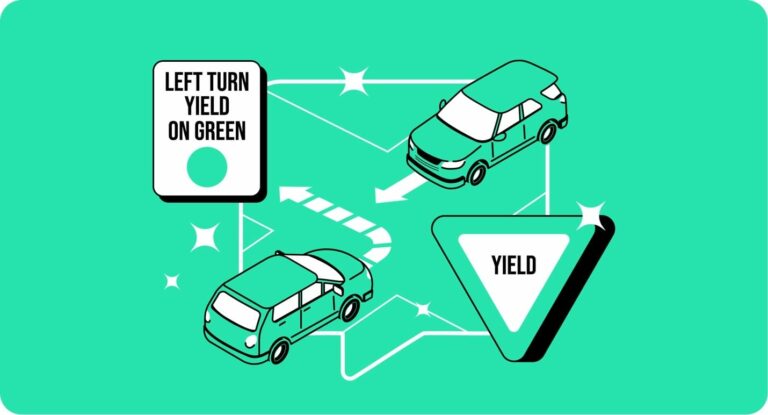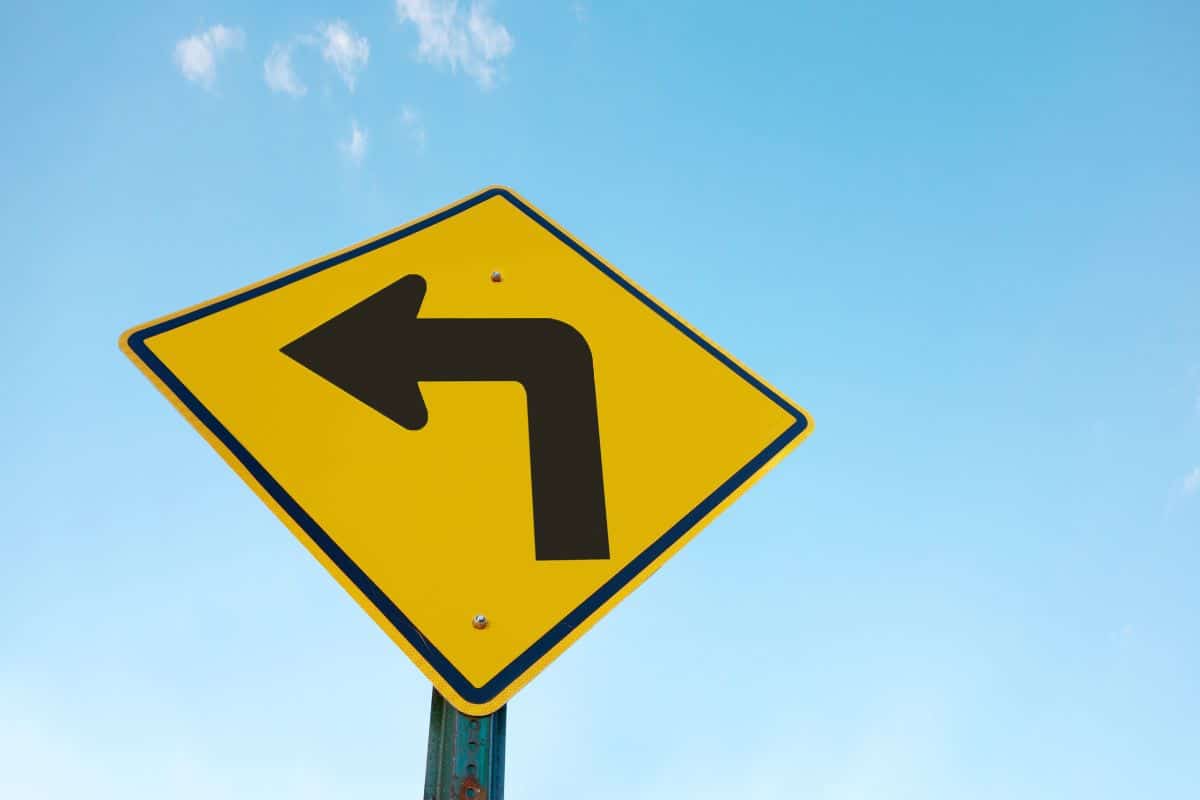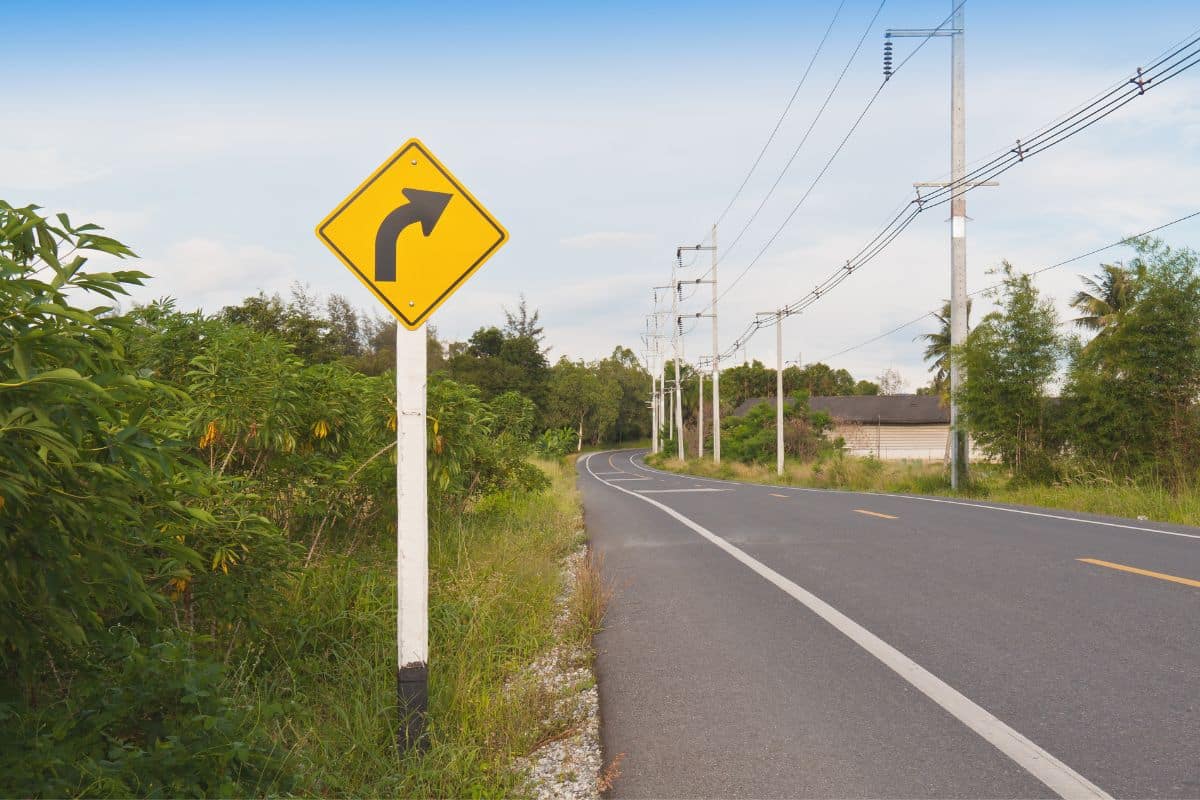Yielding to the right of way is one of the most important responsibilities you have as a motorist on California’s roadways. Failing to yield the right of way could have devastating consequences and lead to severe bodily injury or even death. It is important to note that you do not only need to yield the right of way when there is a yield sign. The rule of right of way applies at every moment you are driving.
Many motorists opt to yield to the right of way out of an abundance of caution while others are more willing to take the lead. Each approach has its own risks depending on traffic conditions and your specific situation. If you believe you have been struck by a driver who failed to yield the right of way, you may have the right to compensation for your damages. With help from a trial-proven car accident attorney from The Crockett Law Group, you can make drivers who fail to yield pay for their negligence.
What Does the “Right of Way” Mean?
Failure to yield to the right of way is one of the top causes of car accidents across the state according to the California Department of Transportation. When multiple vehicles arrive at different spots in any given intersection, the right of way determines which driver should proceed first. The right of way can vary depending on which vehicles arrived first, whether there are traffic signs posted, and other factors.
For example, if one driver has a stop sign but another does not, the one without the stop sign has the right of way. However, if a pedestrian is crossing in a crosswalk, pedestrians may always have the right of way, even if there is no button to signal a crosswalk light. However, pedestrians crossing outside of a marked crosswalk are required to yield the right of way to other vehicles.
Pro Tip
When in doubt, yield. Failure to yield accidents often involve aggressive and reckless drivers. If you are unsure whether you have the right of way, allow the more aggressive drivers to proceed first.
Recognizing When to Yield the Right of Way
You may not always be sure when to yield the right of way. This is, in part, because the right of way can change based on the type of intersection, how many vehicles are at the intersection, when they arrive, and other factors.
Left Turn Yields
Let’s say two drivers are traveling in opposite directions and approach the same intersection. If one driver wants to make a left-hand turn, they must yield to the driver turning right or going straight. The left-turning driver must also yield to pedestrians or other vehicles that may be close to the intersection.
Traffic Already in the Intersection
If there is no stop in your direction or you have a green light as you approach an intersection, you must yield to the right of way if there is another car trying to make a left turn or go straight.
Emergency Vehicles
All motorists are legally required to yield to emergency vehicles under California Vehicle Code 21806. This includes ambulances, fire trucks, police cars, and certain types of government vehicles when they are coming from the opposite direction or behind. If there is a barrier between an emergency vehicle traveling in the opposite direction, you do not need to pull over to the side of the road. This only applies if the emergency driver is traveling in the same direction as the non-emergency driver.
Two Drivers at Stop Signs
When multiple drivers stop at a stop sign at the same time, the driver to the right side generally has the right of way. The driver to the left must yield. You can identify the driver on the right side by determining which vehicle arrived at the intersection first.
Roundabouts
Roundabouts or rotaries are often far more confusing to navigate than single or multi lane roads. Roundabouts have a center island that motorists travel around with one or two-lane patterns. motorists will always travel through roundabouts counterclockwise. Drivers entering or exiting must yield the right of way to pedestrians, bicyclists, or other vehicles already in the roundabout.
Traffic Jams
If there is traffic ahead that would cause you to stop in an intersection, you must remain in the block behind before crossing the intersection. Otherwise, you could wind up stuck in the middle of the intersection and create a traffic jam.
Merging onto Streets
If you are merging from a private road, driveway, alley, or any other street that is not technically a city road or highway, you must yield to the right of way to oncoming traffic. You are not allowed to enter the roadway until it is safe to do so.
Move Over Lights
If a hazard vehicle or emergency response vehicle has its traffic lights on, you must be prepared to yield the right of way. Change lanes so you are at least one lane away from the hazard or emergency vehicle. You should also slow down if these vehicles are stopped so you do not risk crashing into a pedestrian.
Entering the Freeway
Vehicles on the freeway have the right of way according to California Vehicle Code Section 21804(A). You must speed up to enter the flow of traffic and yield to other drivers who are already traveling along the freeway when you merge.
Pro Tip
Only enter the freeway when you are up to speed and vehicles following behind you are providing you with enough space to merge safely. You must ensure the flow of traffic at all times.
Pedestrians
Pedestrians and crosswalks almost always have the right of way. However, if pedestrians are walking against a “do not walk” signal, they do not have the right of way. Motorists must allow pedestrians to complete their crossing before continuing through the crosswalk.
Other Examples of Who Has the Right of Way
It may not always be clear who has the right of way, even if you understand California’s traffic rules. Here are a few more examples you might consider when determining whether you should yield right of way:
- The first driver to come to a complete stop in an intersection with a stop sign sign has the right of way
- Drivers approaching dead ends at T-intersections must yield to drivers traveling on continuous roads
- Vehicles that arrive before you in uncontrolled intersections have the right of way
- When you arrive at an intersection at the same time as another vehicle, the one to the right should travel through the intersection first
- When two vehicles are traveling forward and in opposite directions, neither needs to yield to the other as long as no traffic is stopped in either direction
- You must yield to traffic that is exiting the freeway
- Vision-impaired individuals using canes or seeing-eye dogs always have the right of way when extending their cane to signal they are ready to cross
- If you are making a right or left turn, you must yield to approaching pedestrians and other vehicles
- Vehicles facing downhill must yield the right of way to vehicles proceeding uphill when there is no room for both vehicles to pass
- If you are approaching an intersection where one road has two or more lanes of traffic and the other has one lane of traffic, the driver traveling on the two-lane road has the right of way
- If both roads have the same number of traffic lanes but one is larger, drivers on the larger road have the right of way when the main road has more traffic
Note
Do not make the mistake of proceeding through an intersection aggressively. Do not guess at which driver should yield. Learn and understand California’s traffic regulations to reduce your risk of catastrophic injury or death when traveling through busy or dangerous intersections.
Tips for Yielding to the Right of Way
All motorists have an obligation to drive as safely as possible on the roadways. When they fail to uphold these obligations, they can be found liable for the victim’s injuries and damages. Follow these tips to ensure you are yielding the right of way when necessary:
- Slow down when approaching intersections
- Always err on the side of caution
- Do not assume other drivers, pedestrians, motorcyclists, or bicyclists will follow the right-of-way laws
- Do not proceed through an intersection out of turn
- Do not encourage other drivers to proceed when it is your turn, as this could create confusion
- Do not proceed through an intersection when it is another driver’s turn to go
- Be aware of your surroundings and keep an eye out for stop or yield signs
What Happens When Motorists Fail to Yield to Right of Way
Failure to yield the right of way could cause devastating injuries, severe financial losses, and debilitating psychological distress. Drivers who failed to yield the right of way could be found liable and ordered to compensate injury victims in full for their damages. Potential economic and non-economic damages accident survivors may be entitled to under California Civil Code 1431.2 include:
- Loss of income
- Medical expenses
- Property damages
- Pain and suffering
- Reduced quality of life
- Diminished earning potential
- Loss of consortium
- Mental anguish
- Disfigurement and skin scarring
- Loss of household services
Drivers who refuse to follow the state’s right-of-way laws may also be subject to traffic citations or criminal penalties if their negligence results in the death of another. Fines can reach as much as $400 according to California Vehicle Code Section 21801(a). Motorists could also have their driver’s license suspended or revoked and spend time in jail or prison depending on the circumstances of the case.
Steps to Take if You Are Hit by a Car That Didn’t Yield
When you are struck by a vehicle that did not yield, your initial steps in the aftermath of the accident could have a significant impact on your ability to bring the at-fault party to justice and recover the compensation you deserve. First, contact emergency responders and law enforcement officials. You should report the accident to local police or the California Highway Patrol (CHP).
While you wait for an ambulance and law enforcement to arrive at the accident scene, do what you can to collect evidence to support your case. Now is a good time to take photos of surrounding property damages, save your dash cam footage if it caught the collision on video, and get the names and contact information of bystanders who witnessed the accident.
Get medical attention as soon as an ambulance arrives. Even if your injuries seem minor, creating a paper trail that shows you took your injuries seriously can only help your case. In the worst-case scenario, if you fail to receive treatment for your injuries, your condition could rapidly deteriorate and leave you with injuries far more severe than they would have been if you had gotten medical help sooner.
Contact an experienced personal injury attorney from The Crockett Law Group for help. We can start building your case against the liable party within hours of the collision if you get in touch with us early. While you focus on healing from your injuries, we can begin collecting supporting evidence, reviewing your damages, and crafting our approach to your Orange County car accident claim.
Get Help From Irvine’s Trial-Proven Car Accident Attorneys
Accidents caused by drivers who fail to yield can be devastating. You may endure severe physical injuries, extreme financial losses, and considerable emotional distress related to the collision. Do not let the culpable party get away with it. Bring them to justice and demand maximum compensation for your damages.
Your dedicated car accident lawyer with The Crockett Law Group will stop at nothing to get the most out of your claim. Our team is standing by ready to open up a comprehensive investigation into the cause of your accident and gather the evidence we need to prove negligence and liability. Complete our online contact form or call our office to schedule your free, no-obligation consultation as soon as today.










